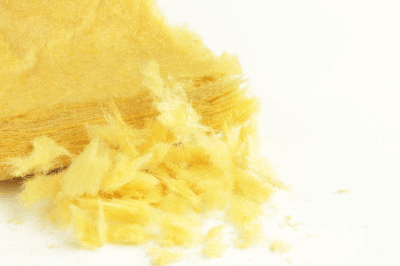What Is Glass Wool?

Glass wool, created by melting glass at high temperatures and fiberizing it with centrifugal force before binding with a binder, is widely utilized for insulation and sound absorption in buildings due to its entangled fibers. As a recyclable material, it serves various applications, from building materials to winter clothing.
Applications of Glass Wool
Commonly installed between the exterior and interior walls of buildings for thermal insulation and sound absorption, glass wool also insulates piping in air conditioning systems. Its sound absorption qualities are leveraged in spaces like theaters and halls, and it’s incorporated into precast concrete (PC) insulation in low-rise buildings.
Advantages and Disadvantages of Glass Wool
Advantages
Glass wool is known for its affordability, fire resistance, pest resistance, and easy installation. It is lighter and more cost-effective compared to materials like rigid polyurethane and XPS (extruded polystyrene foam), offering significant advantages in terms of combustion resistance, cost, and ease of transport and cutting.
Disadvantages
However, glass wool’s lack of moisture resistance demands precise construction to maintain its insulating properties, necessitating the use of moisture-proof sheets or specially bagged glass wool in humid areas. Ensuring no gaps at joints is crucial for optimal thermal insulation performance.
Types of Glass Wool
1. Batts
Glass wool batts, suitable for walls, under floors, and ceilings, simplifies construction in large areas due to minimal required cutting.
2. Rolls
Glass wool rolls, used for partition wall insulation and soundproofing, offers flexibility for installation in various settings.
3. Blown-in
Specially designed for ceiling insulation, this granular glass wool can be evenly distributed across complex ceiling structures using a blower machine.
4. Moisture-Proof and Bagged Products
Products pre-equipped with moisture-proof sheets or bags facilitate installation and avoid the discomfort typically associated with handling glass wool. However, they require careful handling to prevent moisture ingress at cut edges.
Choosing the Right Glass Wool
Selection should be based on the installation environment, considering the need for moisture protection in humid areas and the method of installation that best suits the project’s requirements. The type of glass wool chosen (batt, roll, or blown-in) should align with the specific needs of the installation location and construction method.